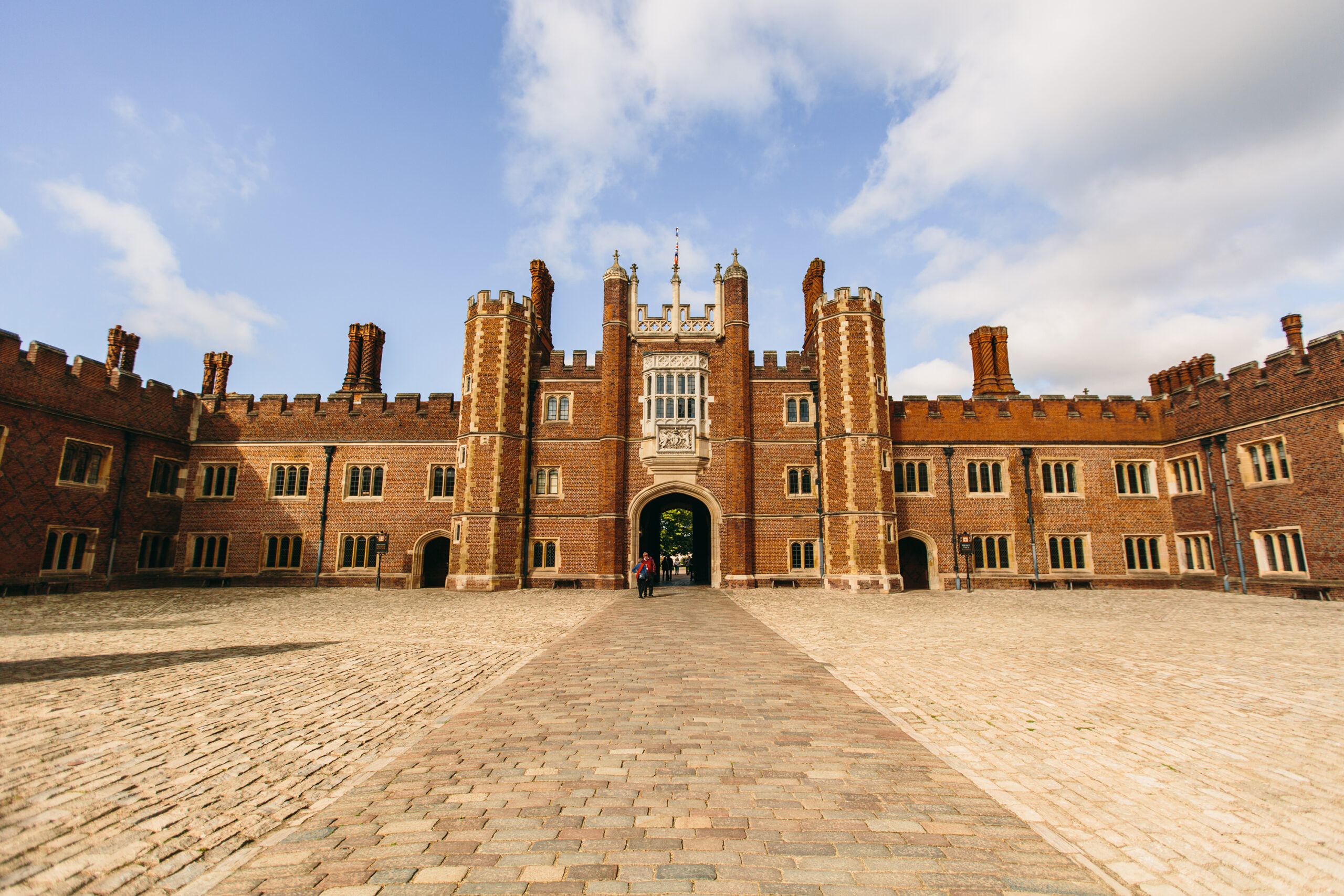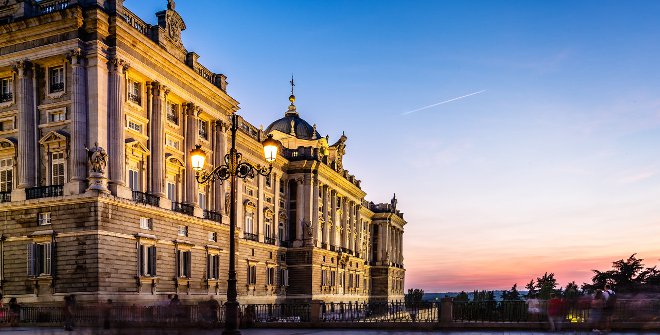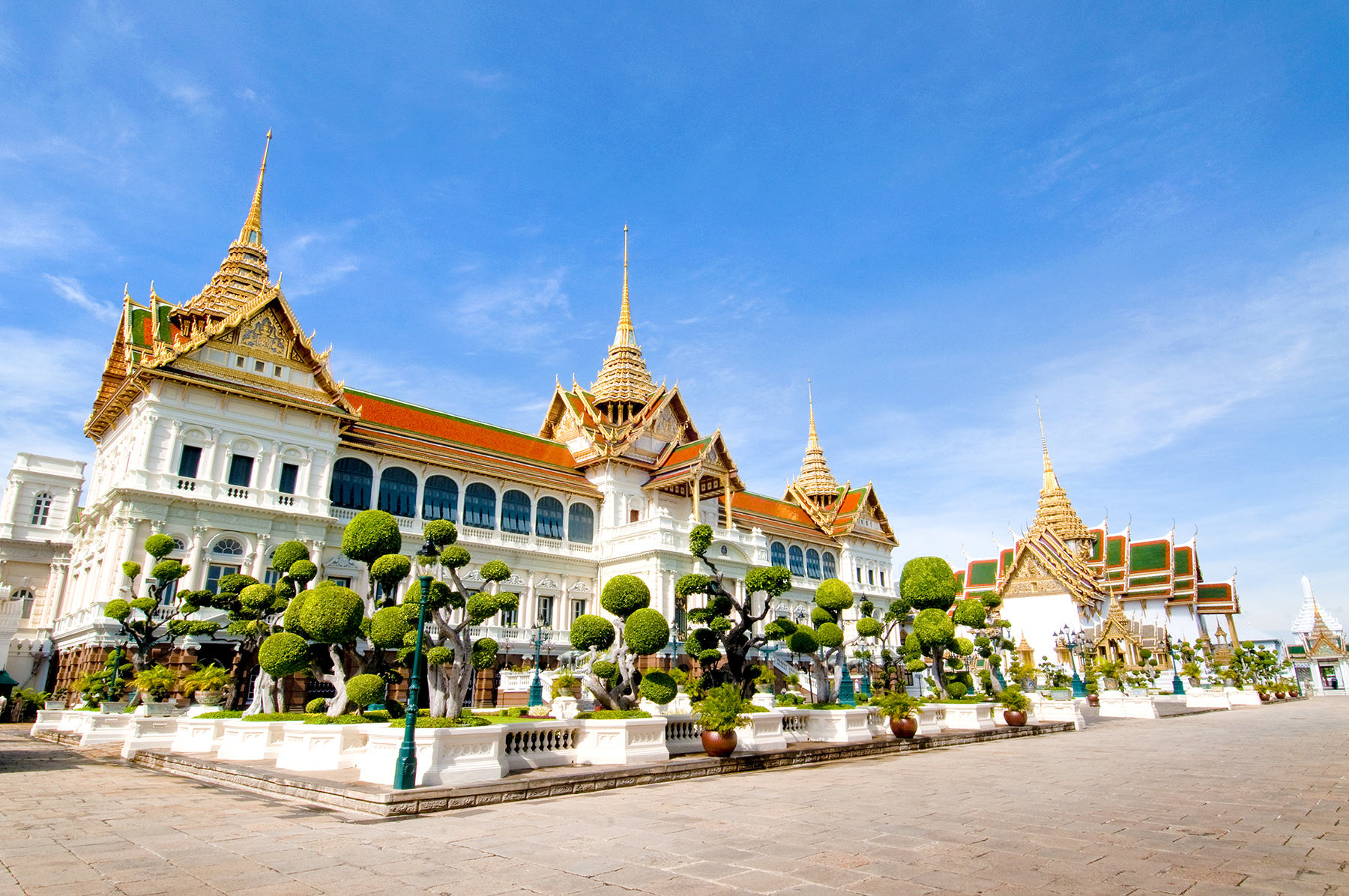From the 3,400 room Royal Palace of Madrid to King George III’s small private retreat at his palace in Kew, palaces have played host to royals, heads of state, religious leaders and other dignitaries for centuries. In this article, we will examine the history of some of the most regal palaces in the world and learn a little more about the people that have lived in them.
The Palace of Versailles

On visiting Versailles today, one would certainly be surprised to learn that this grand 2,300 room palace was originally a humble Chateau used principally by the French Royal family as a hunting lodge. In 1661 Louis XIV commissioned work on the building which would eventually transform Versailles into an asset on the Royal family cv. By 1682 Versailles would play host to the whole French government as well as the entirety of the Royal court – in total over seven thousand people.
Louis XIV was known as ‘The Sun King’ and the architecture, paintings and sculptures of the palace were designed with one aim in mind; that being to celebrate the monarch. Even the gardens, sculpted in the shape of a star and containing elaborate fountains that projected water high in to the air, were created to underline the King’s ultimate power over nature.
After the revolution of 1789, the palace was seized by the new republican government and a great many of the furnishings were sold to pay for the subsequent revolutionary wars.
The Palace has been a world heritage site for over 30 years and is regarded as one of the most impressive achievements of 17th century European architecture.
Hampton Court Palace

A tale of two palaces, Hampton Court Palace was initially the private residence of Cardinal Thomas Wolsey who was one of the most influential politicians of his time.
After his arrest and subsequent execution for treason in 1530, King Henry VIII ordered a complete renovation of the palace that was to last for over a decade.
Hampton Court Palace is now regarded as one of the most important buildings in the history of England. It comprises over 1000 rooms, with 18 courtyards and 750 acres of parklands and gardens. The palace was designed to impress with wonderfully ornate chimneys and multiple series of imposing state rooms.
During his reign, King Henry VIII spent over £18 million in today’s money building the palace into one of the most famous and sophisticated residences in the world.
In addition to enjoying the majesty of the palace itself, visitors today can traverse the world renowned maze, the historic tennis court and the grand grape vine that is one of the largest in the world.
The Royal Palace of Madrid

Since Charles III established residence here in 1764, this palace has since been the official residence of the Spanish monarchy and a impressive building on the royal family cv. It is now only used for state ceremonies, the current King, Felipe VI, preferring to live in the smaller Palace of Zarzuela on the outskirts of the capital.
The palace is one of the top tourist attractions in Madrid, many coming to see the famous Royal Armoury. This armoury is considered to be one of the best in the world and exhibits pieces that date back as far as to the 13th century. Among the most celebrated of these artefacts is the armour that Emperor Charles V wore in the Battle of Mülberg in 1547 which is depicted in the iconic painting ‘Equestrian Portrait of Charles V’ by the Italian renaissance artist Titian.
The Grand Palace, Bangkok

Situated of the banks of the Chao Phraya River, The Grand Palace stands in the centre of Bangkok and is, without doubt, its most famous landmark. It was built in 1782 and was home to the Thai Royal family for over 150 years. It was also the location of the Royal court and the administrative heart of the government.
The palace is now open to the public and boasts beautiful courtyards, gardens and an abundance of traditional Thai architecture.
One of the most striking aspects of the palace in The Temple of the Emerald Buddha which is regarded as the most important religious sites in the country.
Leave a Reply